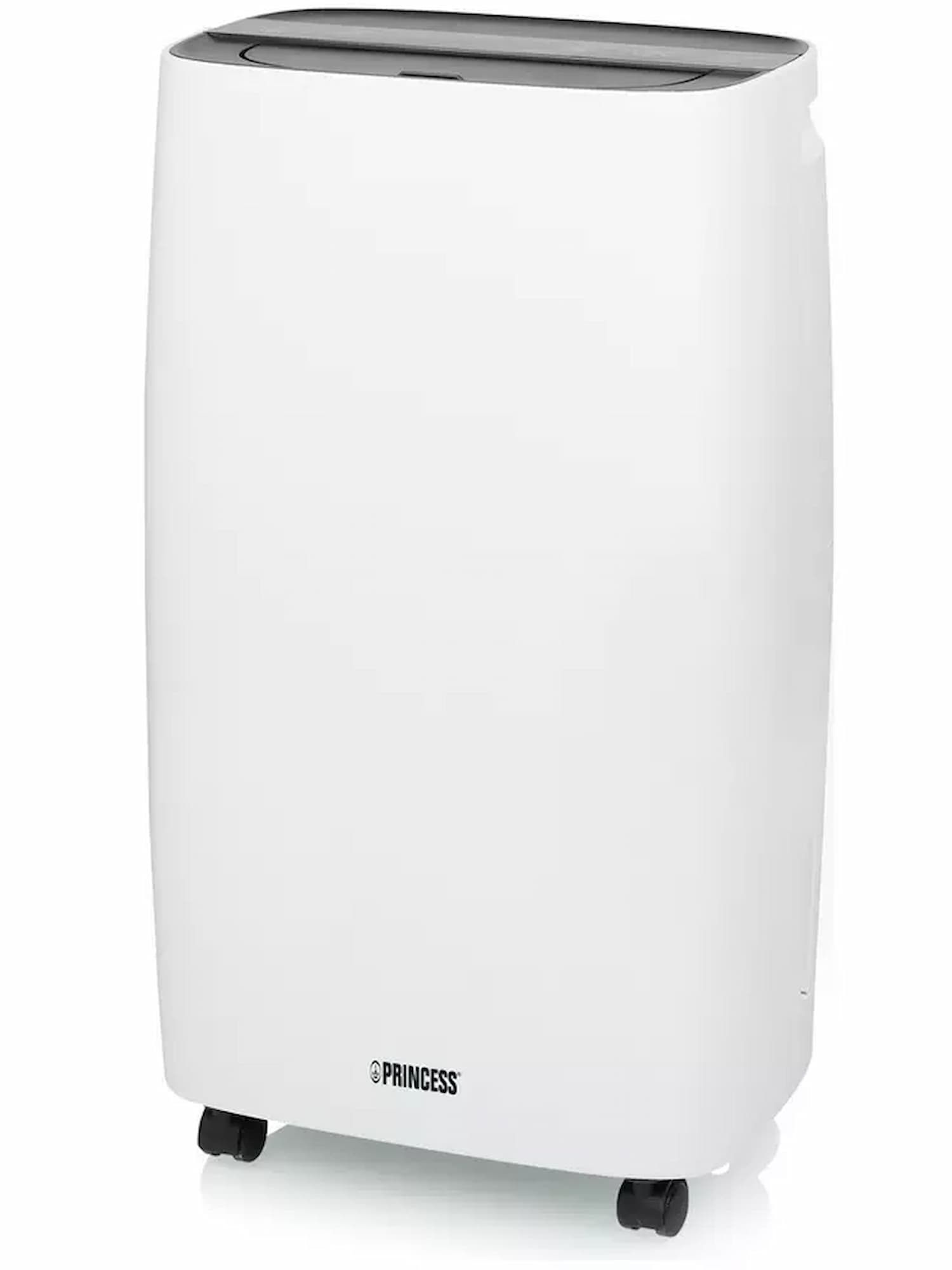I tested out three window condensation 'hacks' to see if any of them work
Can washing-up liquid, vinegar, or removing plants reduce condensation on windows? We reveal here
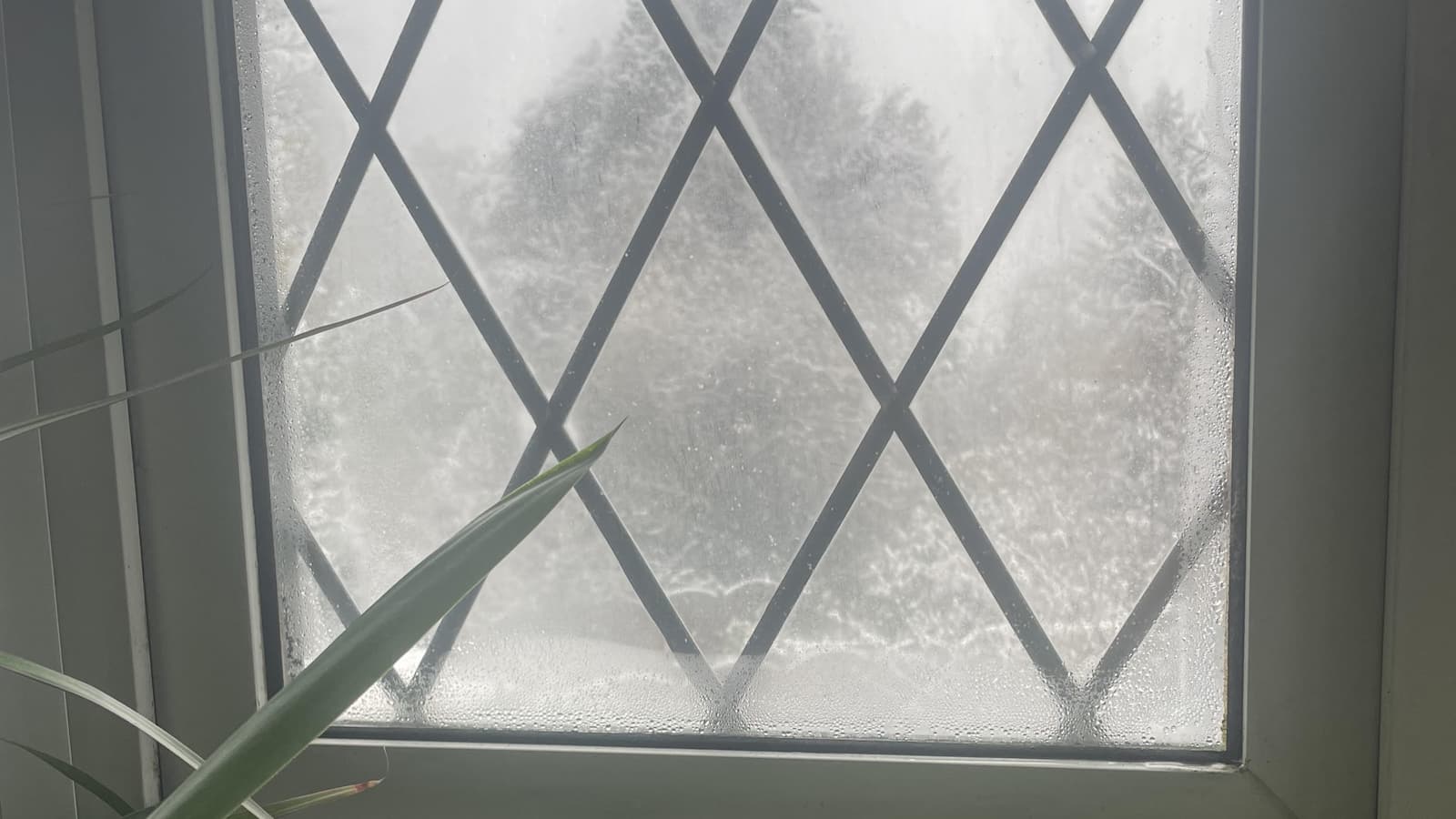
There's all sorts of unusual methods for clearing window condensation – from smearing the glass with washing up liquid to squirting shaving foam at it.
Having suffered with condensation on my upstairs bedroom windows for years, I wanted to see if any of these methods actually worked before taking the plunge and buying myself a dehumidifier.
After looking online, I saw some surprising success stories from various social media influencers claiming that using washing up liquid, moving indoor plants and even vinegar helped cure their window condensation. I also saw shaving foam but think this is meant to be similar in how it works to washing up liquid.
With my myth-busting hat on, I decided to give these three methods a go on my condensation-laden diamond-leaded windows upstairs. Here's what I discovered and whether any of them actually worked.
1. Washing-up liquid
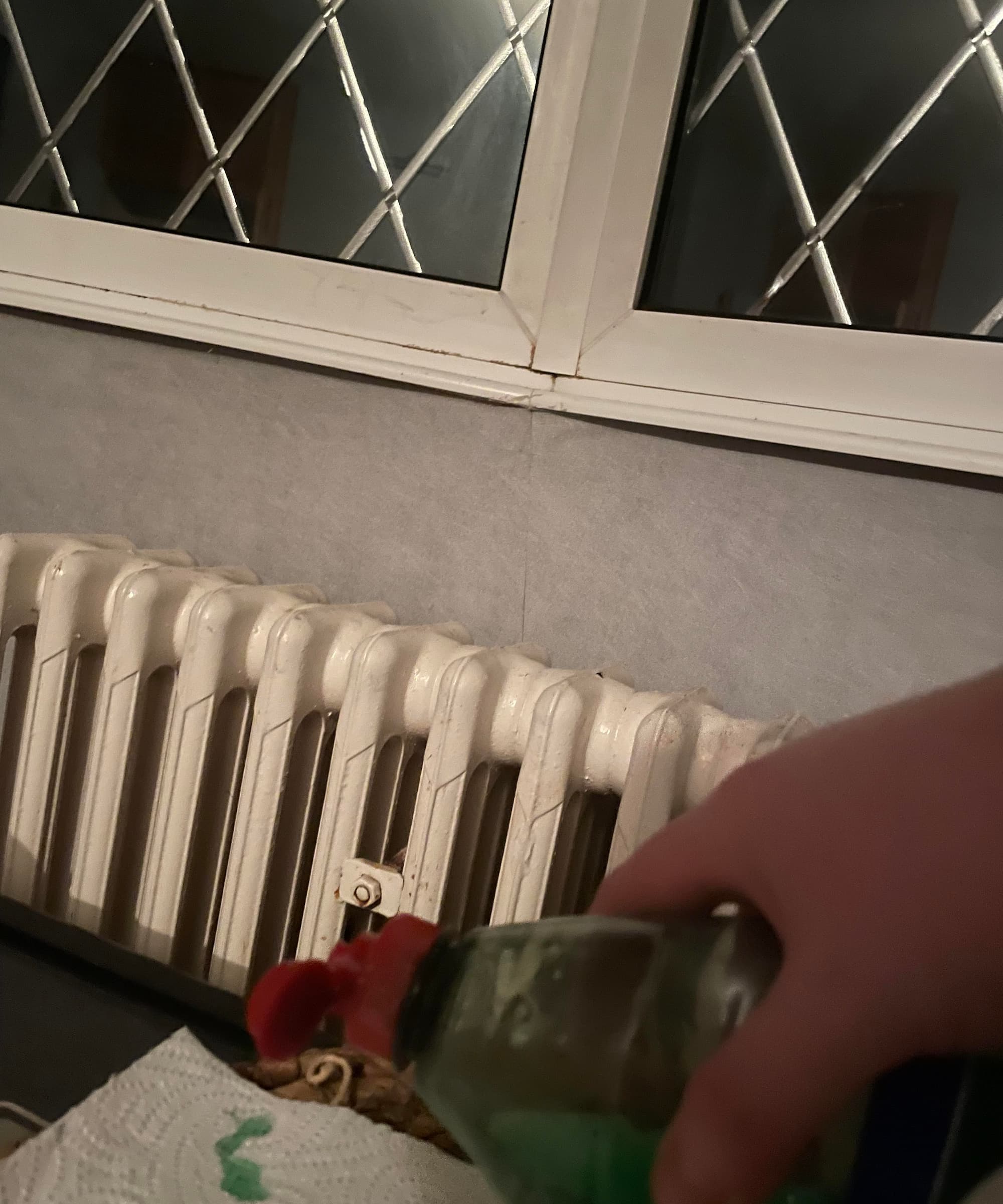
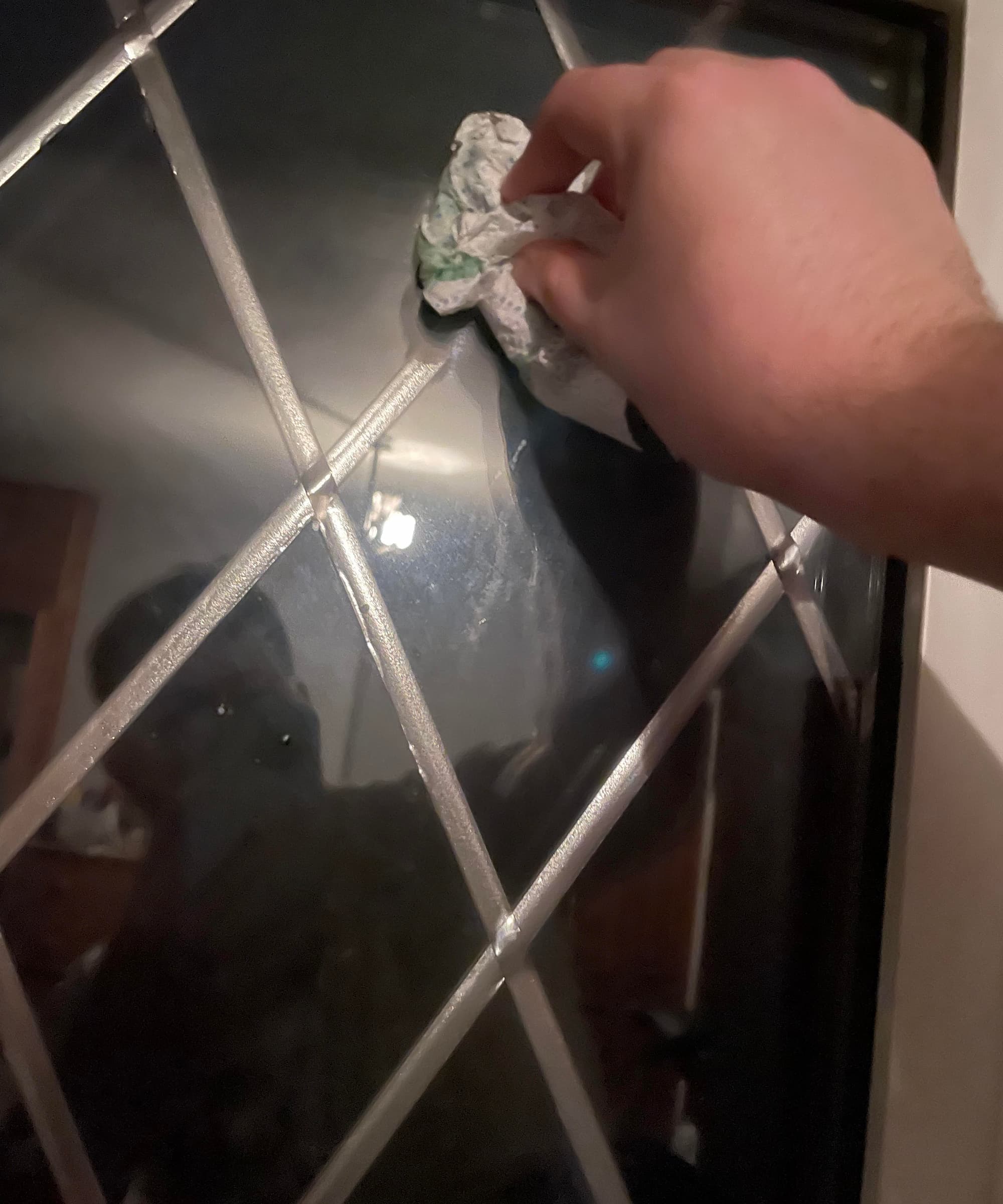
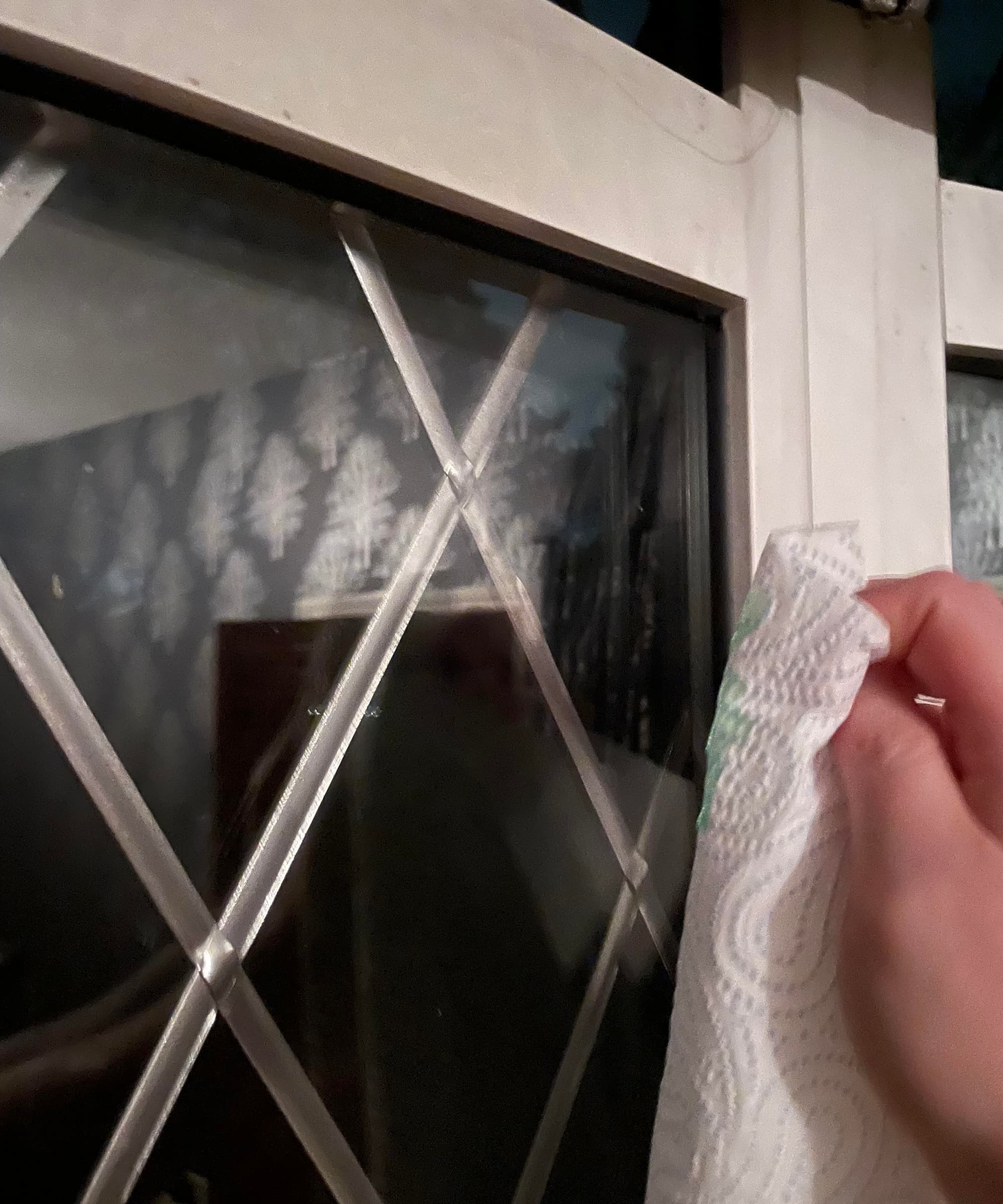
One of the most common myths to stop condensation is that by wiping your windows with washing-up liquid can stop condensation on windows.
How it is claimed to work: This apparently forms a barrier on windows that prevents the water from sticking. I gave this a try by applying a generous dollop of Fairy Liquid to my windows for two consecutive nights and leaving it for a couple of days.
Verdict: Disappointingly this had no impact on the condensation level on my windows with water still forming on the edges of the window panes. On a positive note, it did at least gave my windows a nice clean and made them smell fresh.
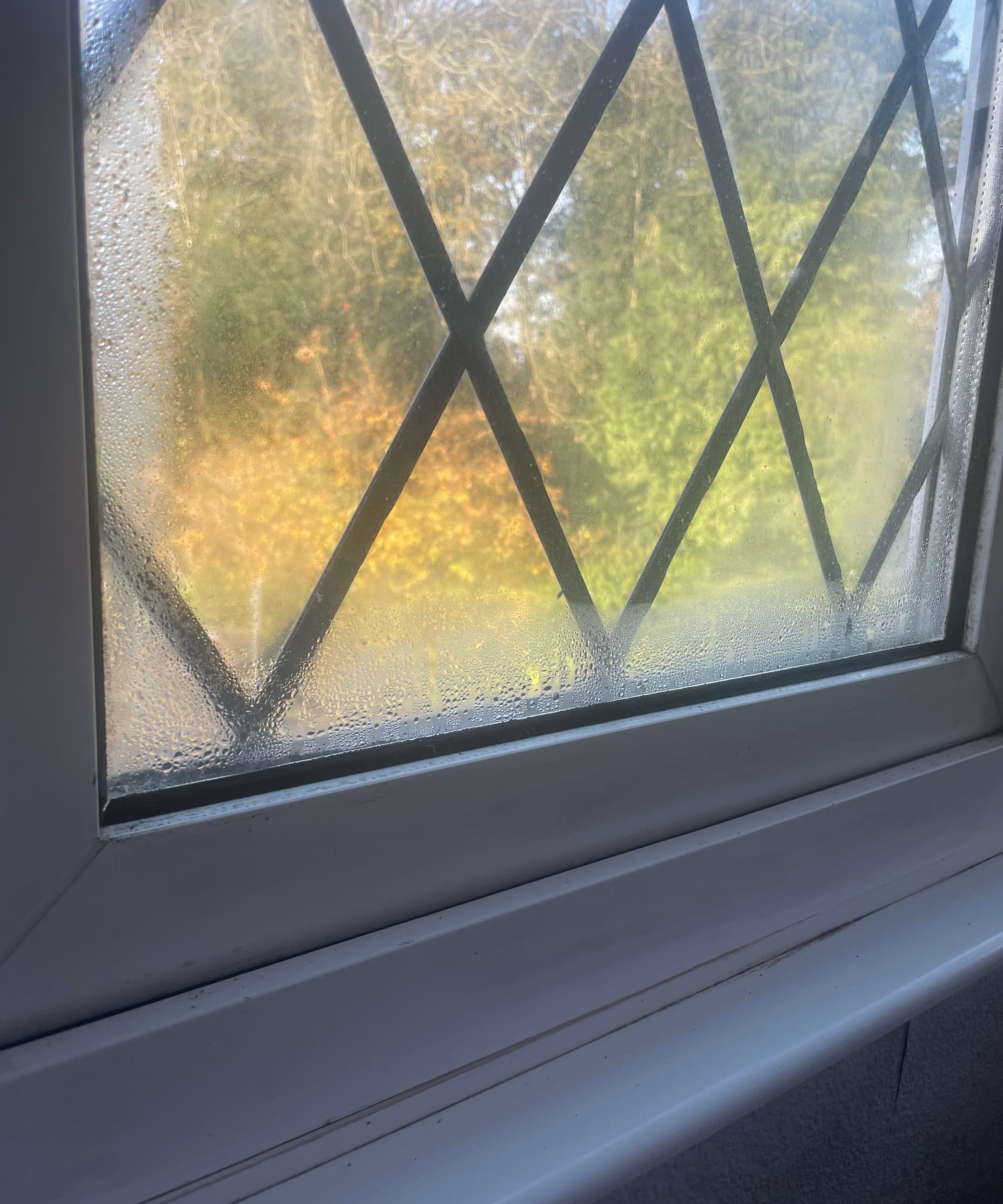
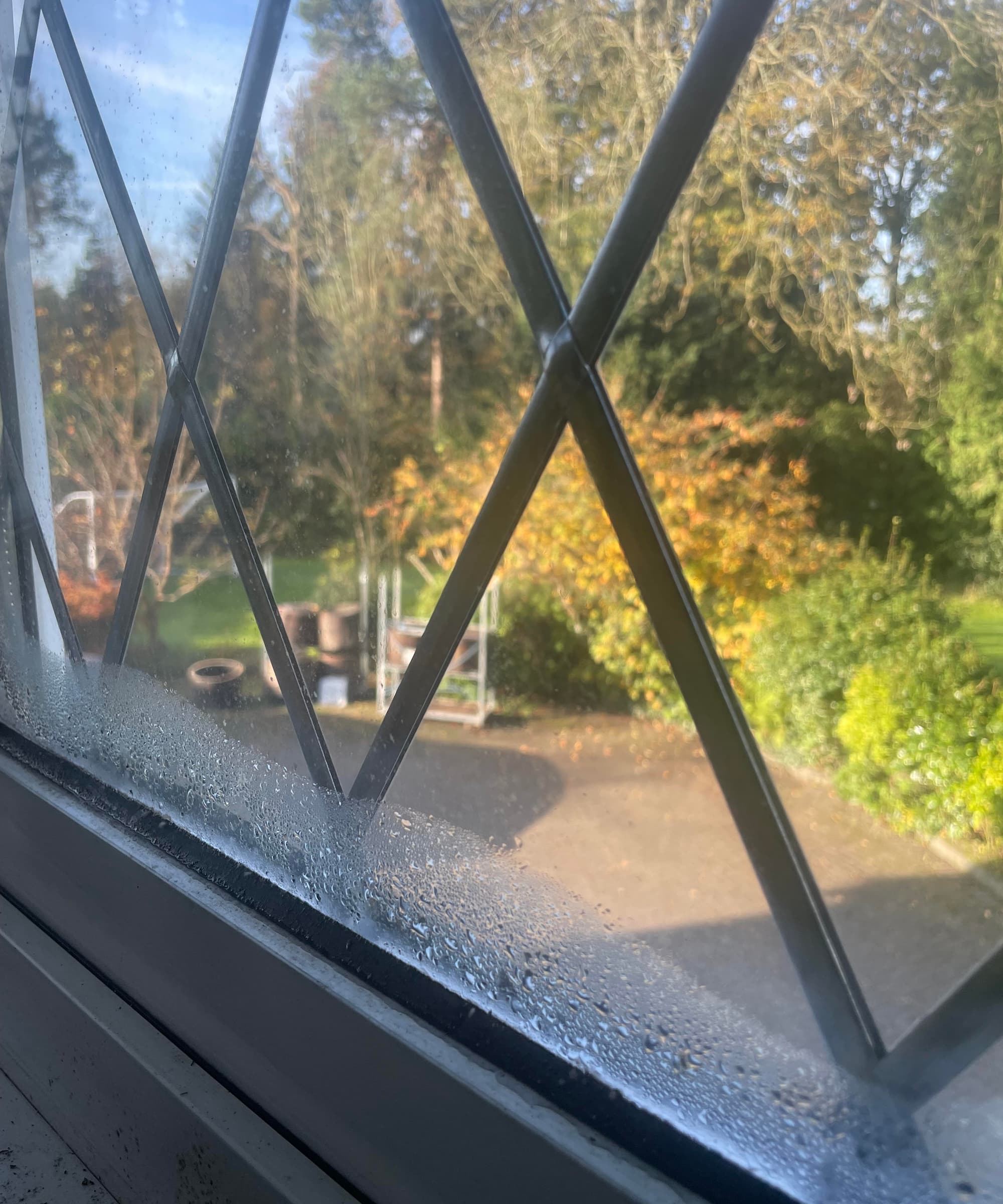
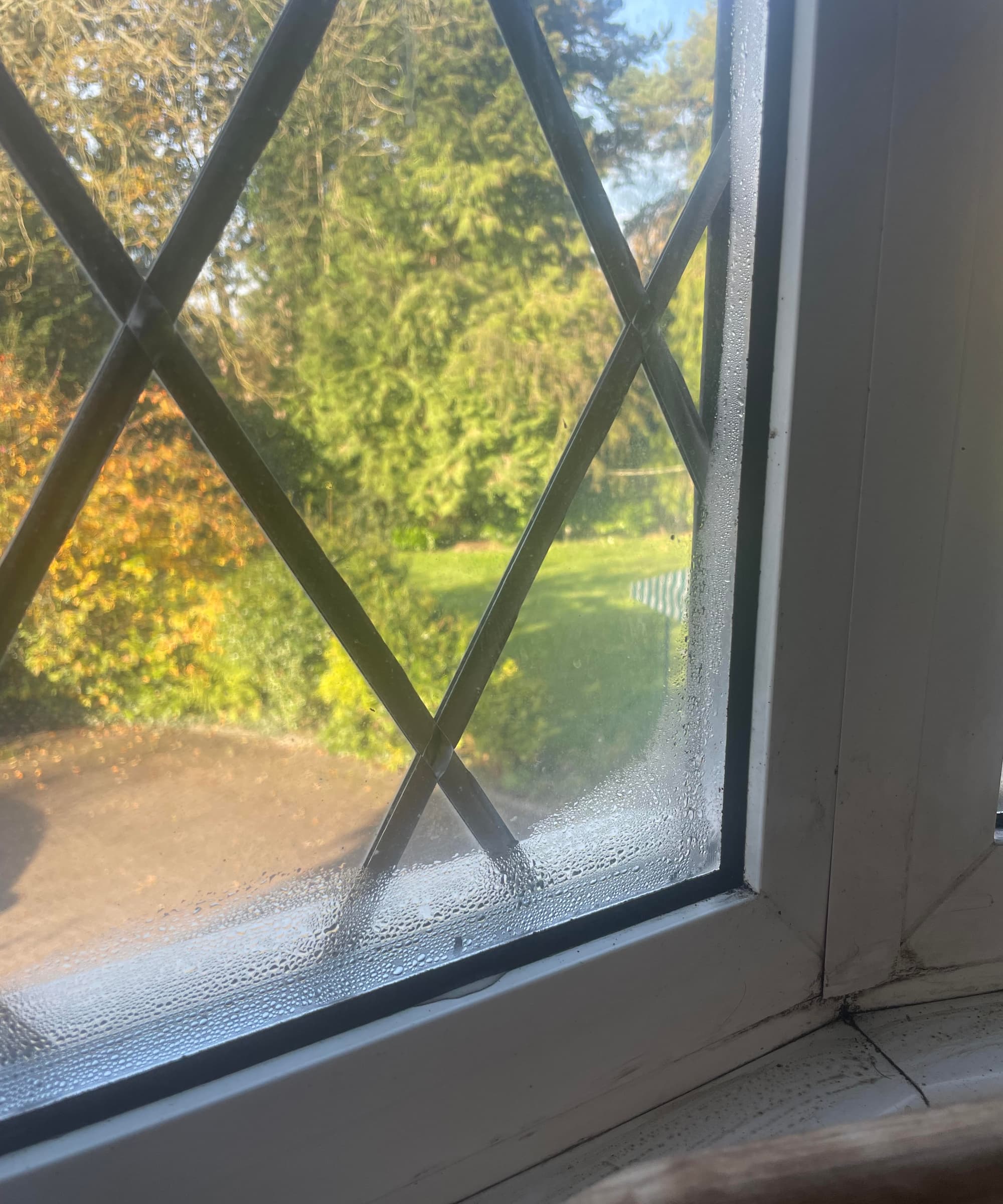
2. Vinegar
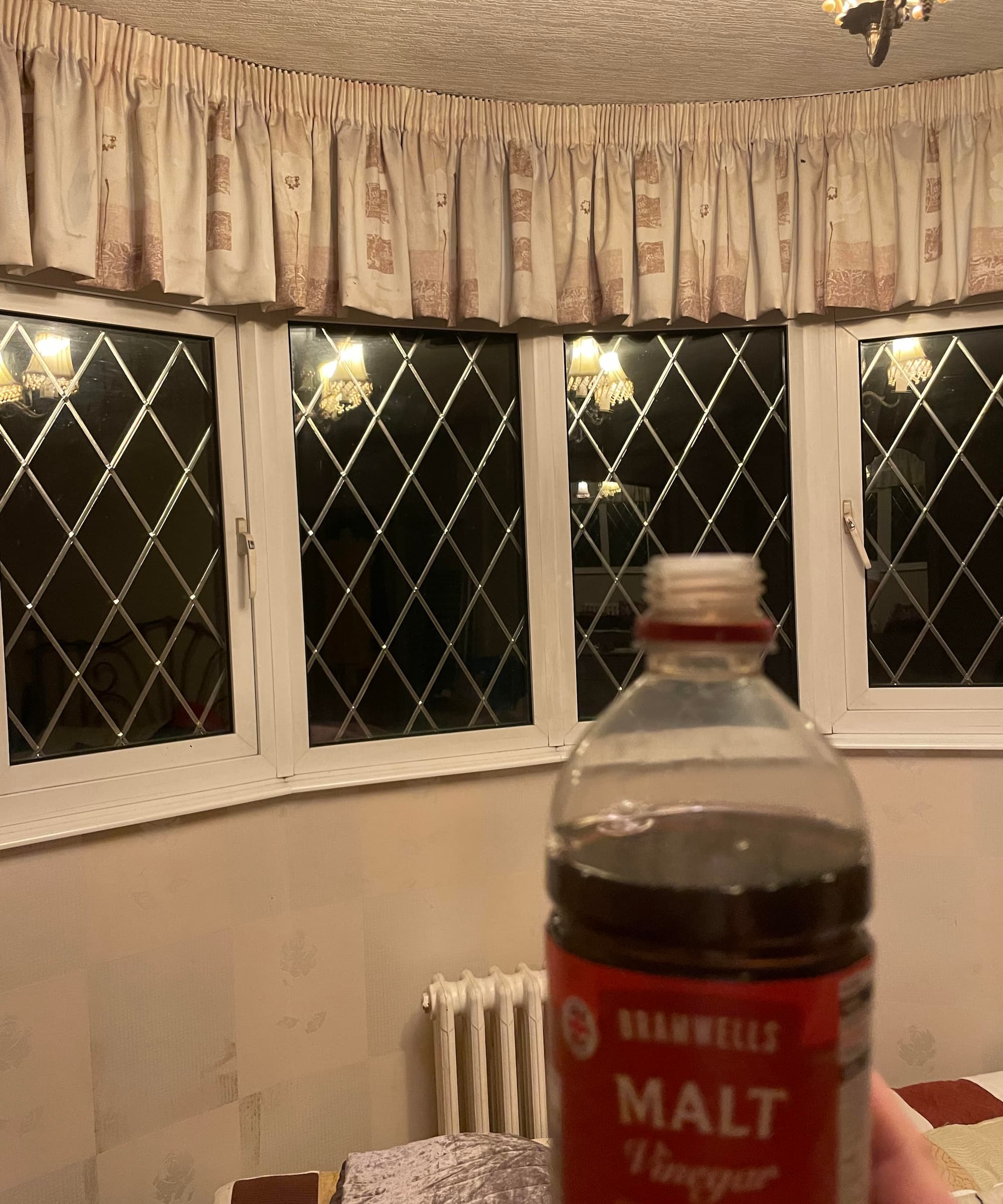
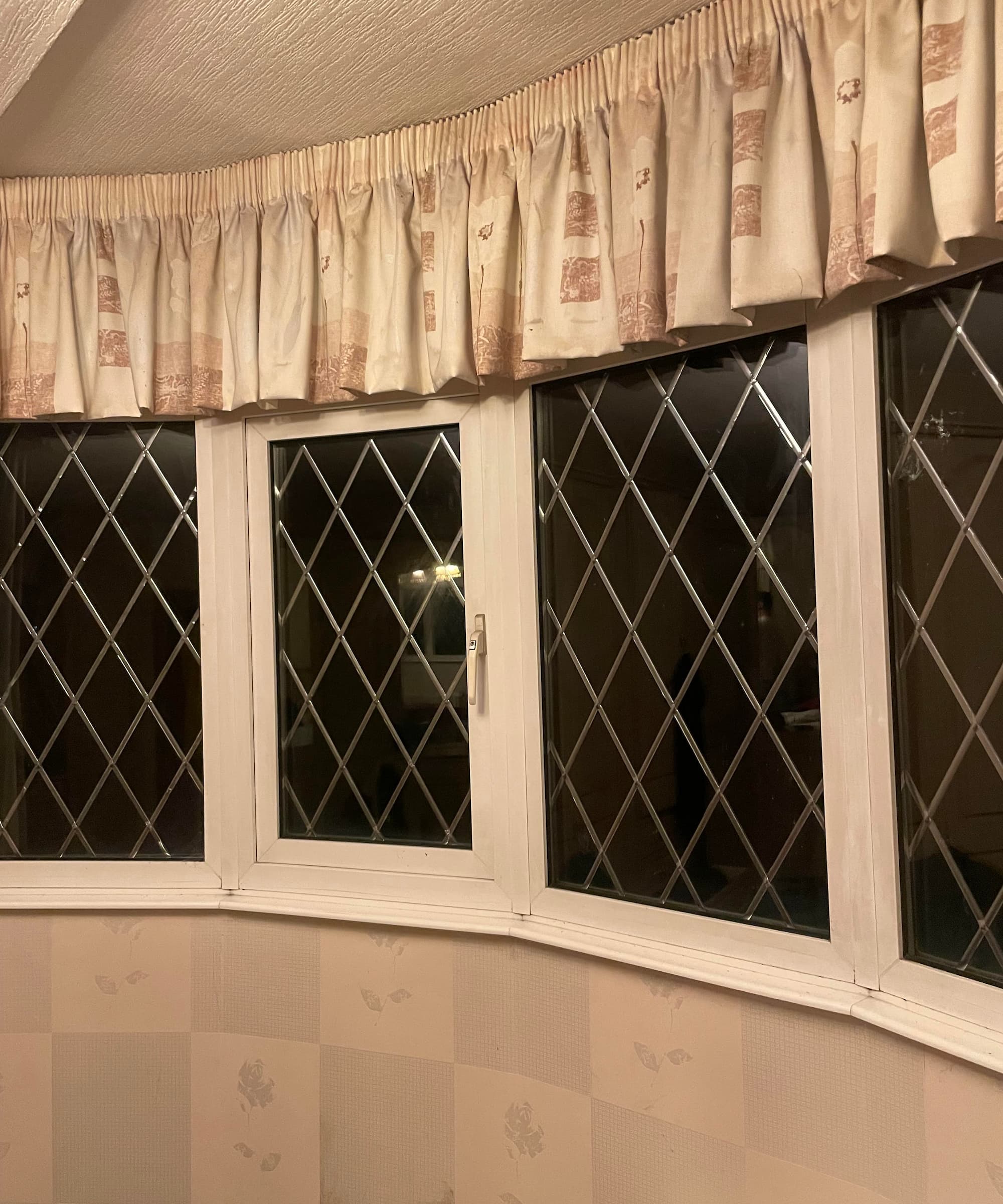
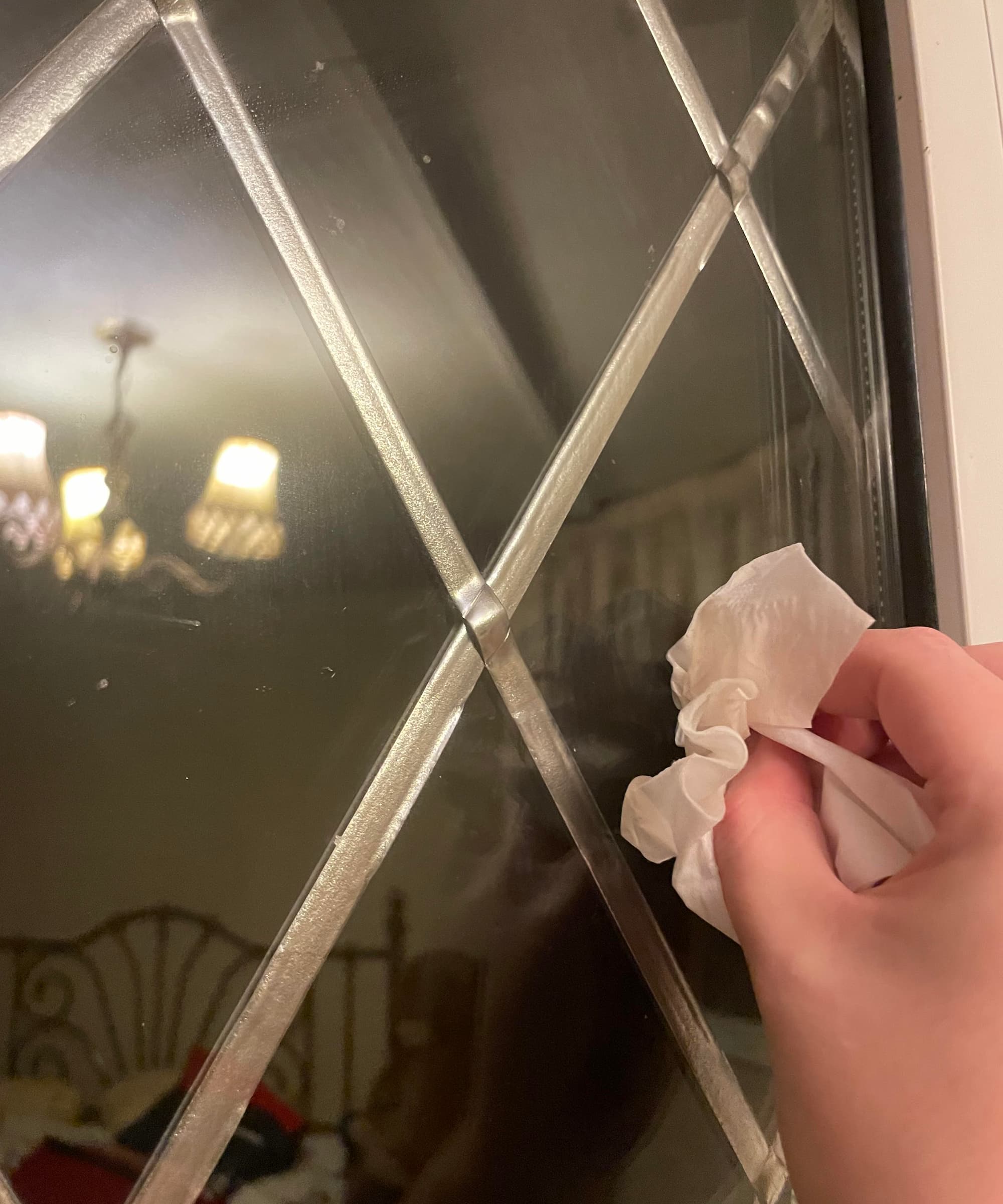

Another myth that was tested was vinegar.
How it is claimed to work: Vinegar is thought to help reduce condensation on windows due to its mild acidity that supposedly can dissolve minerals and salts that contribute to moisture buildup, potentially improving the glass's ability to regulate temperature and moisture. Some also believe vinegar can absorb moisture from the air, reducing condensation on the window surface
Verdict: To my surprise, the level of condensation appeared to be reduced in parts and did remove some excess water on the windows, although it did not stop the condensation, just slightly reduced it.
However, when it came to the part of the window behind the curtain the level of water build-up was actually greatly increased as seen in the final picture.
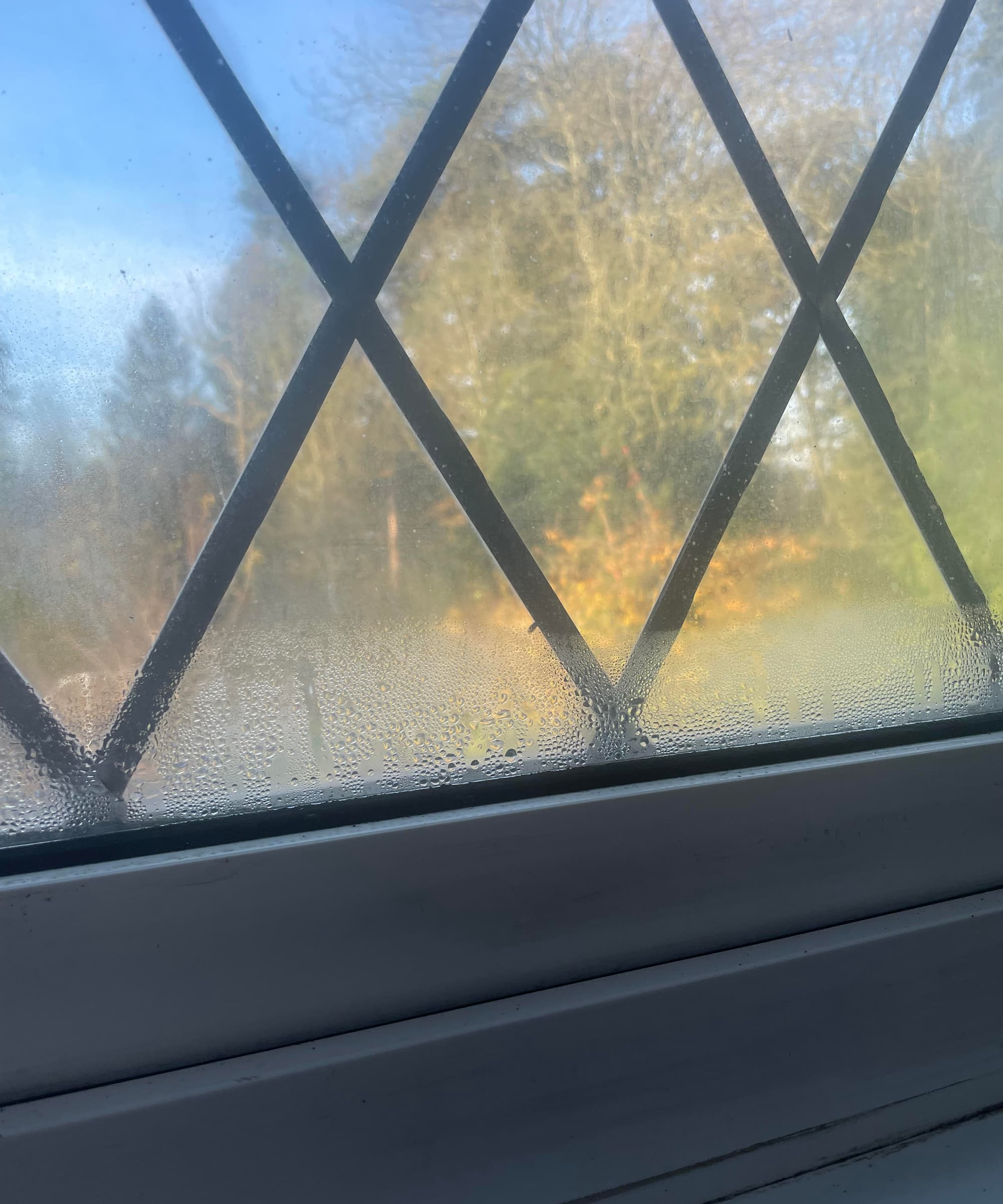
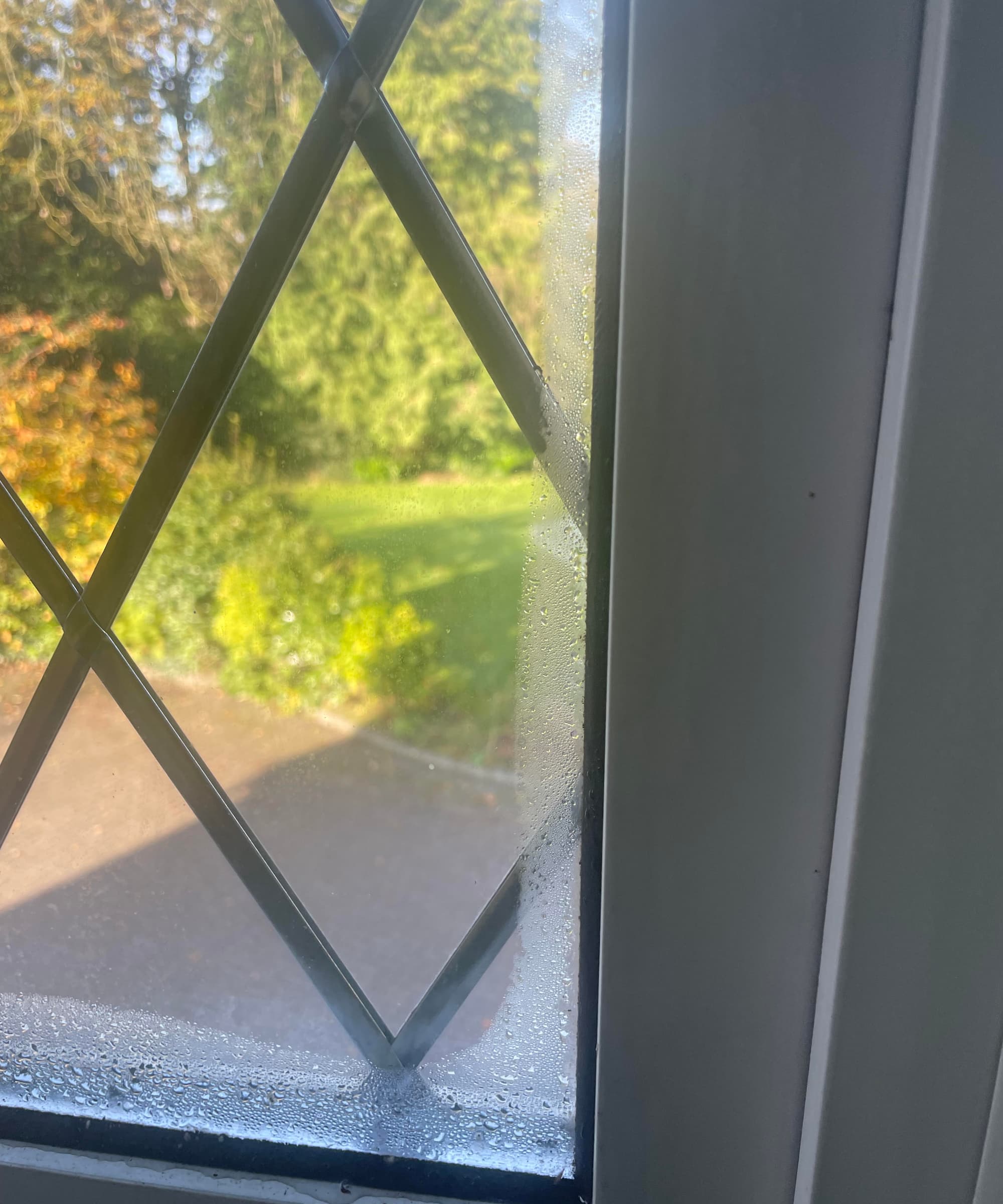

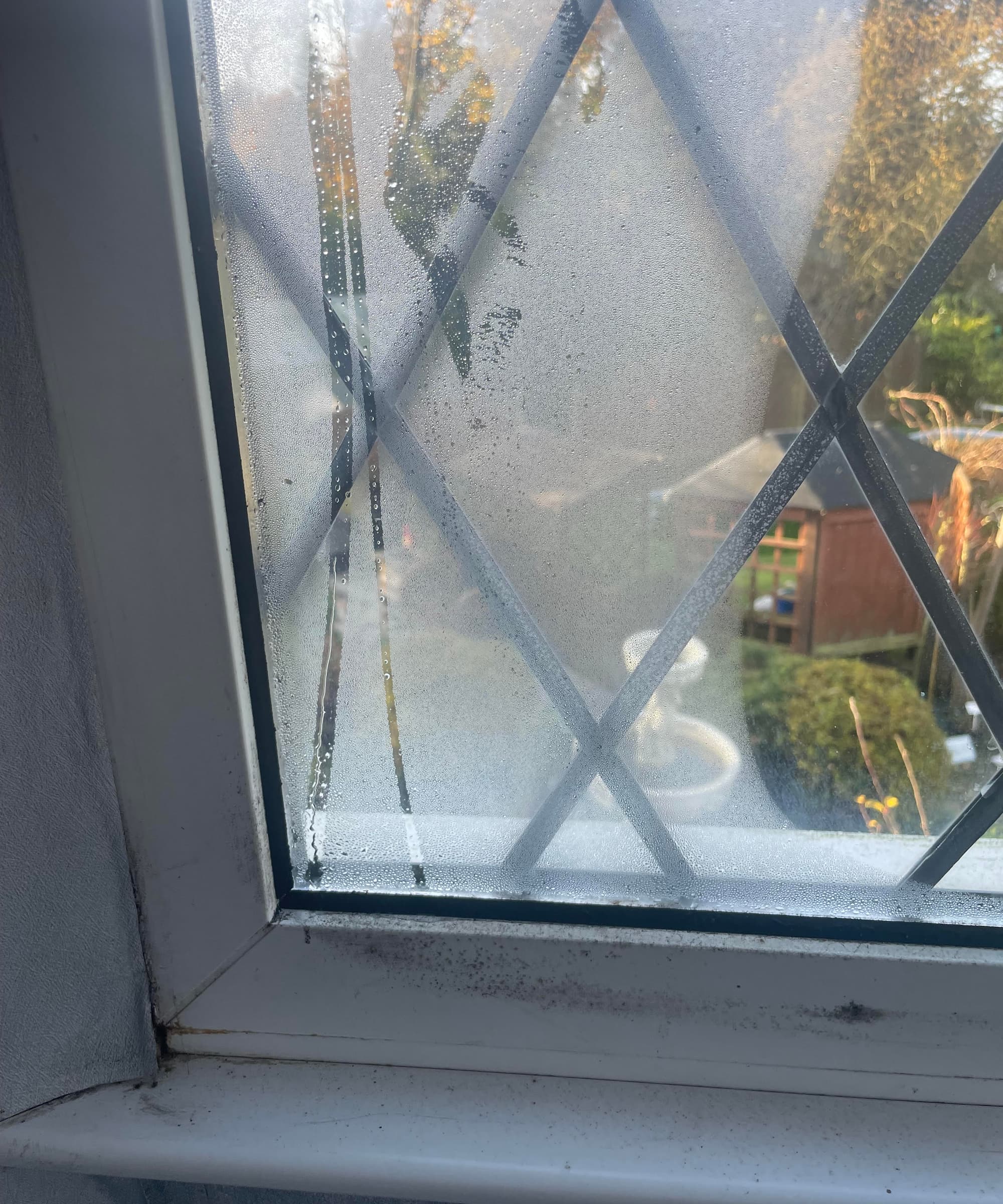
3. Moving plants
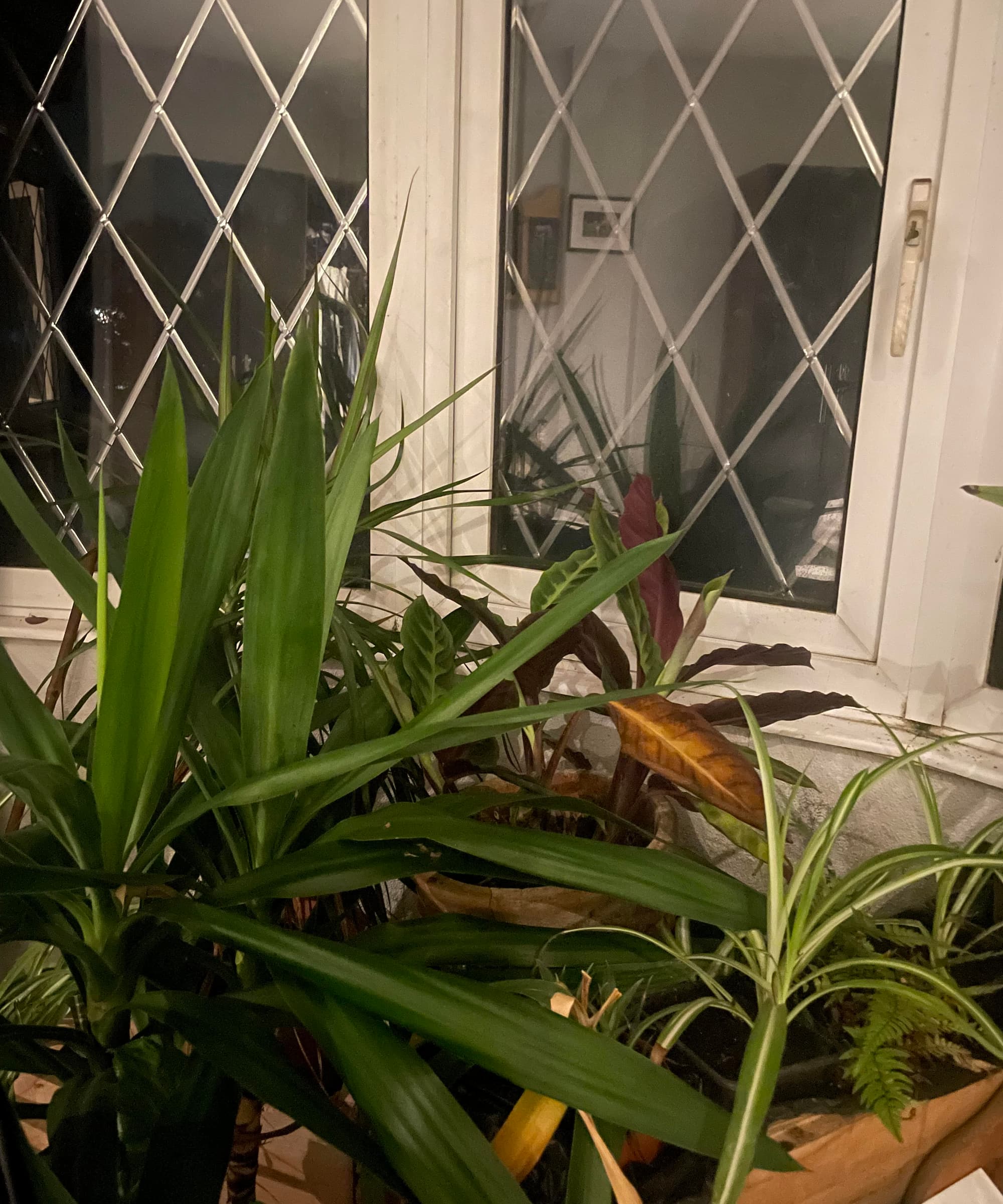
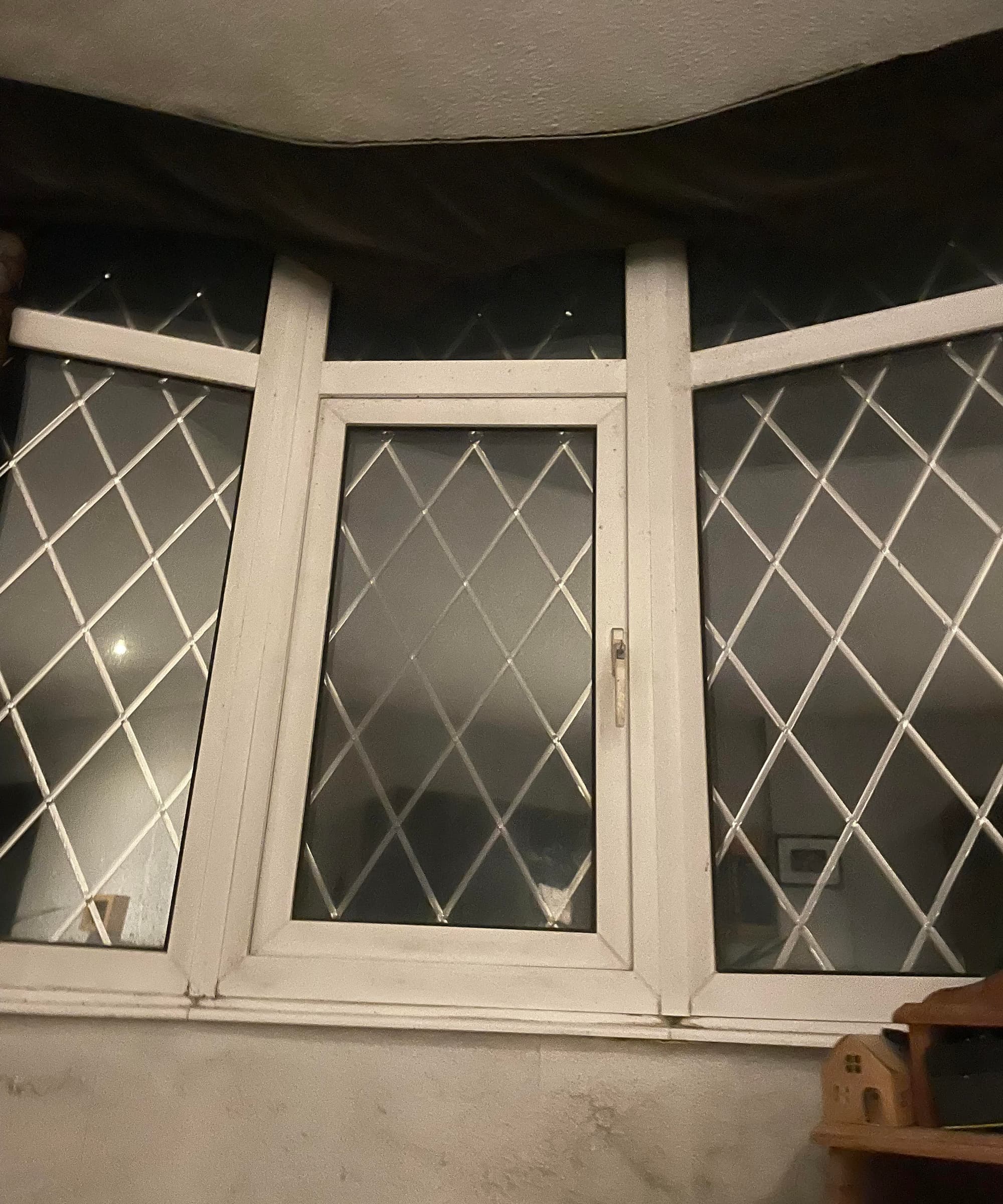
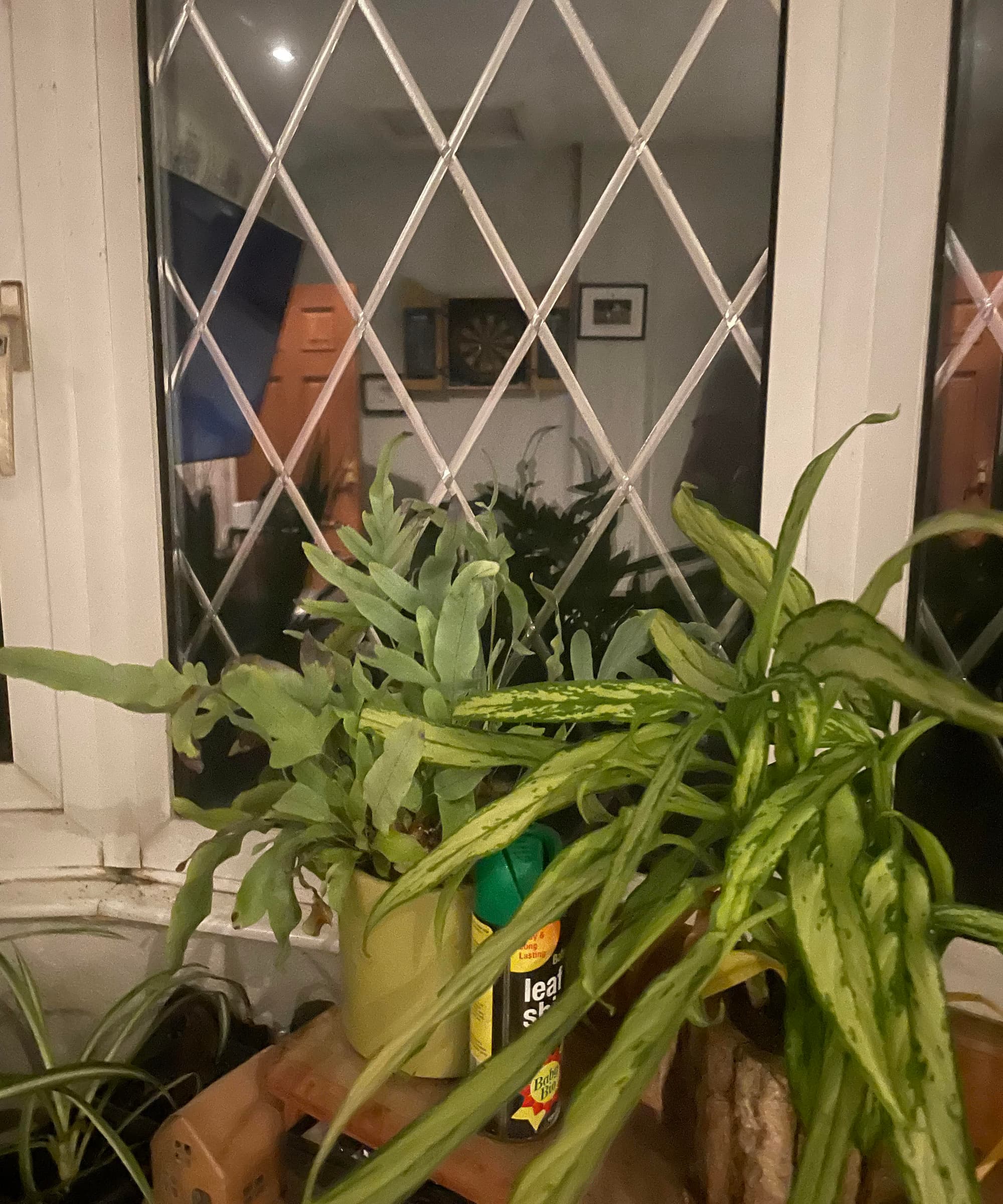
The final theory was that if you move plants away from your window this can reduce, or stop condensation on windows altogether.
How it is claimed to work: Plants can release water in the air, which if near a window can cause it to build up on cold windows.
Verdict: One of the bedrooms is used as an extra garden room where a wide variety of indoor plants, such as Spider plants, Yuccas, Alocasias, mother-in-law's tongue and others.
I moved these all outside the bedroom to see the impact over 24 hours but again I awoke to condensation on my windows with no noticeable impact as condensation was still clearly visible.
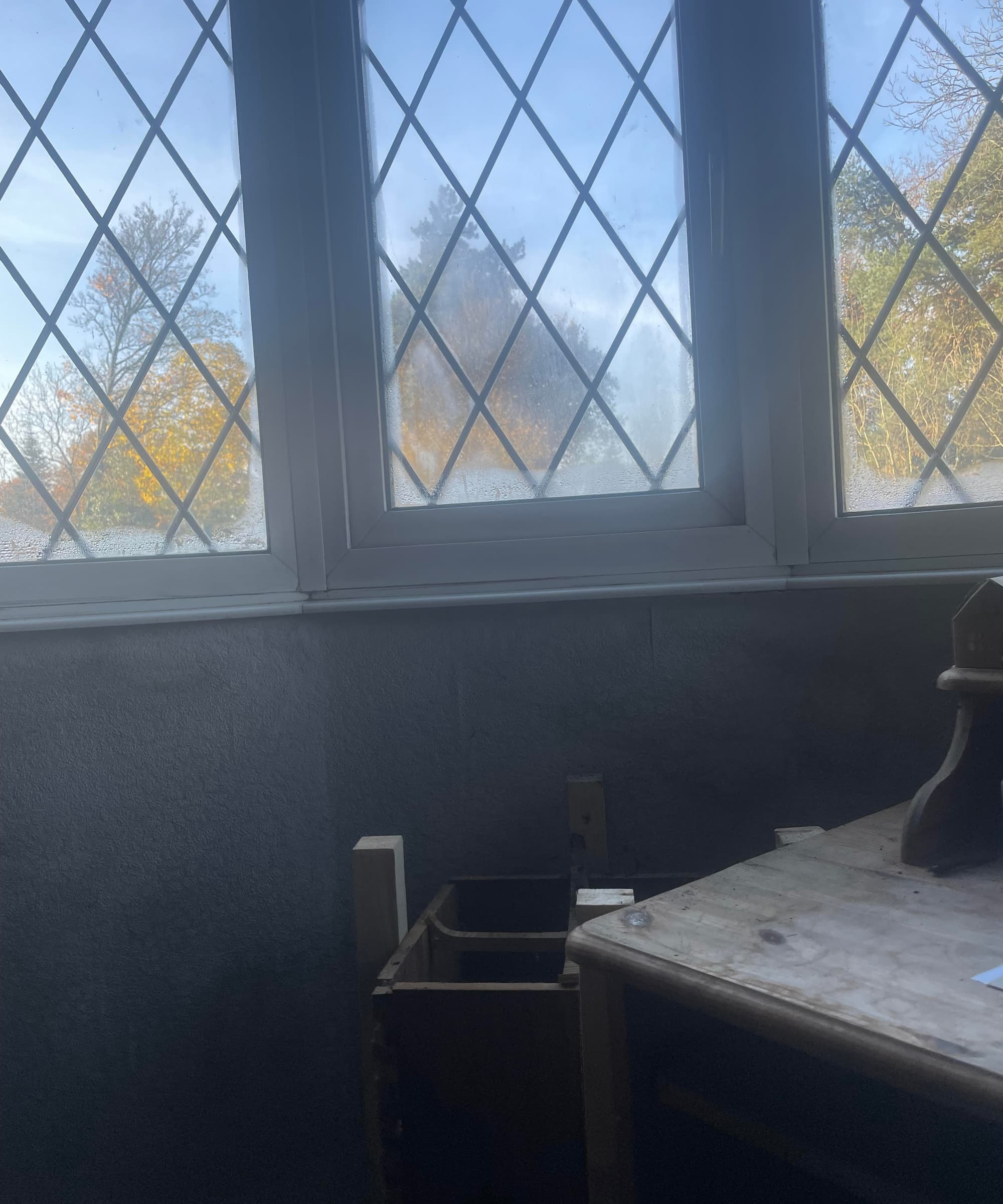
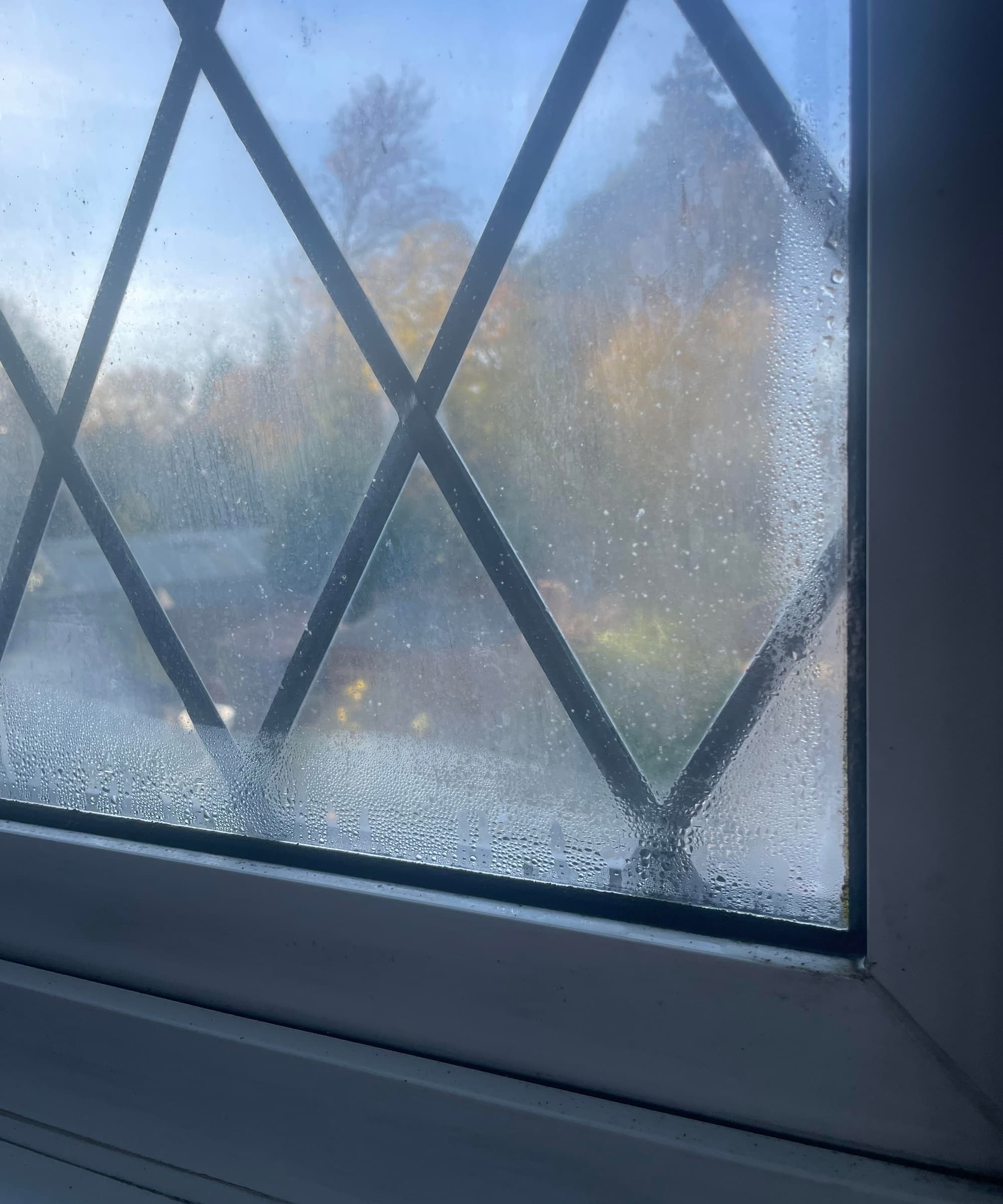
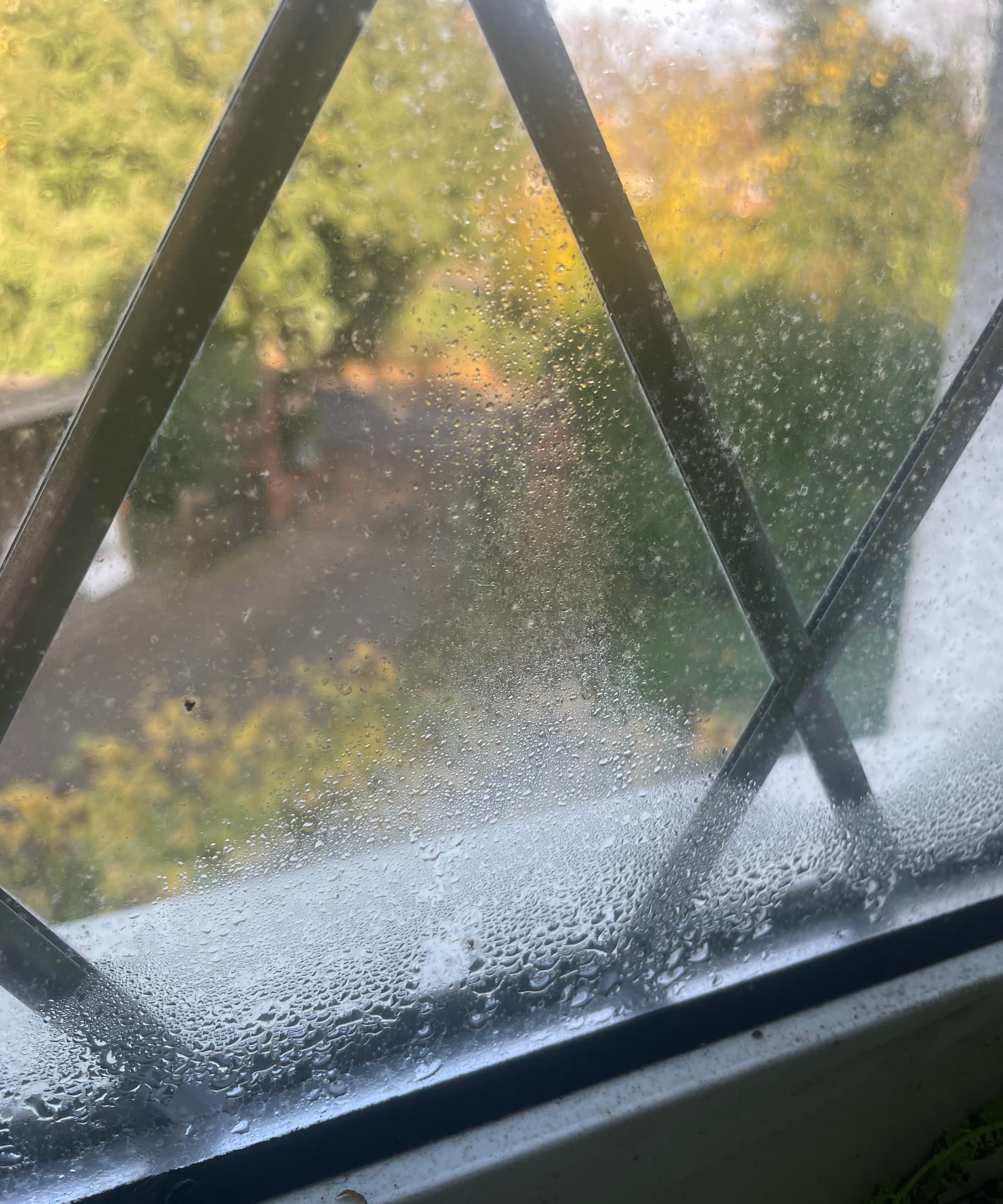
Final verdict
After testing the three popular myths, washing-up liquid, vinegar, and moving plants, if I'm honest I found limited success in reducing condensation on my bedroom windows.
While vinegar showed some improvement in moisture levels, the other methods had no noticeable impact.
These results suggest that tackling condensation may require more robust solutions, such as improving ventilation, fitting an extractor fan or investing in a dehumidifier as I'll probably have to do instead.
Shop dehumidifiers

The Pro Breeze dehumidifier is suited for leaving on overnight with its sleep mode
If you are looking to invest in a dehumidifier for your window condensation, it's worth checking our best dehumidifier buying guide as well as looking at desiccant vs compressor dehumidifier to work out which type is best suited for your home.
Get the Homebuilding & Renovating Newsletter
Bring your dream home to life with expert advice, how to guides and design inspiration. Sign up for our newsletter and get two free tickets to a Homebuilding & Renovating Show near you.

News Editor Joseph has previously written for Today’s Media and Chambers & Partners, focusing on news for conveyancers and industry professionals. Joseph has just started his own self build project, building his own home on his family’s farm with planning permission for a timber frame, three-bedroom house in a one-acre field. The foundation work has already begun and he hopes to have the home built in the next year. Prior to this he renovated his family's home as well as doing several DIY projects, including installing a shower, building sheds, and livestock fences and shelters for the farm’s animals. Outside of homebuilding, Joseph loves rugby and has written for Rugby World, the world’s largest rugby magazine.

